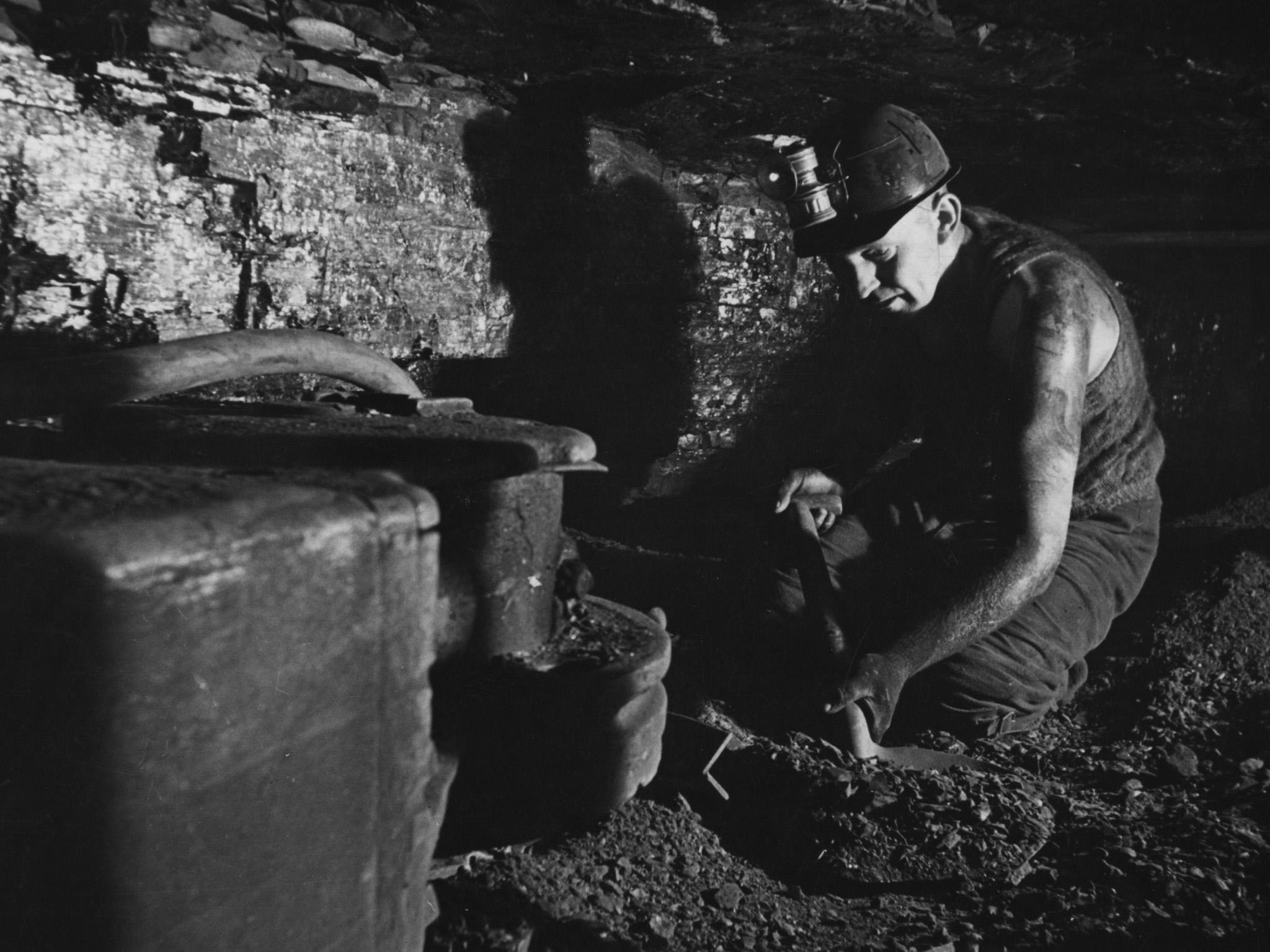Clean coal: Firm claims world’s first commercially viable, zero-carbon power plant is ‘game changer’
Company boss says inventor of new technique should get Nobel Prize

A revolutionary technique to capture carbon emissions from coal-fired power stations has been shown to work on a commercially viable basis for the first time, the company behind it has claimed.
If true, the breakthrough could allow coal to continue to be burned on a large scale around the world without producing the greenhouse gases that cause climate change.
Anglo-Indian firm Carbon Clean Solutions Limited (CCSL) predicted its research – part funded by a £4.2m grant from the UK Government – would be a “game-changer”.
While carbon-capture-and-storage systems have been tested on power stations, they have remained too expensive to make economic sense.
But a 10-megawatt power station in Chennai, India, is currently using CCSL’s system to generate electricity on a commercial basis while capturing some 97 per cent of its carbon emissions, the firm’s chief executive Aniruddha Sharma told The Independent. And he said it could run at 100 per cent.
The World Coal Association said the news was “genuinely very exciting”, adding it was one of a number of developments in the field that could see the widespread adoption of carbon capture in about 10 years.
The issue hit the headlines over the weekend when Donald Trump predicted coal would “last for 1,000 years in this country”, because of “a thing called clean coal”, during the second US presidential debate.
CCSL says it developed a new solvent that makes the carbon capture process up to 66 per cent cheaper than traditional methods, costing $30 per tonne of carbon compared to $60 to $90.
Speaking to The Independent from India, Mr Sharma admitted some had doubted their method could work so well.
“There was some scepticism, but I hope this plant [in Chennai] will allay any concerns,” he said.
“I think slowly people are gaining confidence and trust that, yes, this is possible and this is happening now.
“This is a project that is completely commercial – there’s no Government grant, there’s no subsidy. We got a bank loan.
“Clean coal is absolutely competitive with any form of renewable energy out there. At $30, I would say clean coal would be much cheaper than any other renewable forms of electricity.
“There is no doubt that clean coal is definitely going to play a very important role for UK and US energy power generation [and elsewhere].”
While the Chennai plant is relatively small, Mr Sharma said it would be possible to use their technique on large power stations that make significant contributions to the national grid.
“We can absolutely scale up the tech. We can go all the way to 1,000MW,” he said.
Next month they plan to start taking people from the industry around the plant, with Mr Sharma saying: “Seeing is believing.
“Our technology is just making it easier for people to say ‘yes, it works’.”
While carbon capture has been associated with storing carbon – for example by returning it to coal mines – the material taken out of the Chennai plants emissions is made into soda ash, then sold to make a range of products from detergents to glass.
Asked about Mr Trump's endorsement of clean coal, Mr Sharma declined to comment.
The solvent was the brainchild of Prateek Bumb, CCSL’s chief technology officer and co-founder.
“Our technology is certainly real. It is proven at scale and can significantly reduce the cost of carbon capture,” he said.
“Moving to success with clean coal means finding an economic way to use the captured carbon dioxide or store it.
“By continuing to improve the economics of capture we hope to play our part in making carbon dioxide a cost-effective feedstock for many industrial processes, as we have shown in this project in India.”
Mr Sharma said their firm had been created “out of a university dorm room with a vision we would be able to bring the cost of carbon capture down to a point where it makes commercial sense”.
He suggested Mr Bumb was a candidate for a Nobel Prize, given the apparent significance of the new solvent.
“I absolutely would like it to happen. He definitely should get it – that’s the dream,” Mr Sharma said.
Benjamin Sporton, chief executive of the World Coal Association, said carbon-capture-and-storage was “an absolutely critical part of the climate mitigation portfolio”.
“The work his company has done – this particular project is up and running – is genuinely very exciting,” he said.
“It certainly does provide potential for the future. It’s one of many developments in the carbon capture field that we are beginning to see.”
However he expected it would take up to 10 years before carbon capture was widely used.
“We’re talking in the next decade or so before we start to see a lot of these plants coming into play,” Mr Sporton said.
The UK Government is currently consulting on plans announced last year to stop using “unabated coal” by 2025.
It set up a four-year, £1bn competition for firms to develop a viable system of carbon-capture-and-storage, but then controversially scrapped the prize just six months before it was due to pay out.
Mr Sporton suggested carbon capture could take off over the next decade, but might not do so in the UK.
“What I’d like to see from the UK Government is some policy towards CCS,” he said.
“We had the decision last year to abandon the CCS competition. That was disappointing because that was a good opportunity to start seriously progressing CCS in the UK.
“If we are going to see CCS take off in the UK, we need some Government direction and some policies.
“As to whether or not we’ll see a coal-fired CCS plant in the UK in the next 10 years, I’m not sure.”
Join our commenting forum
Join thought-provoking conversations, follow other Independent readers and see their replies
Comments